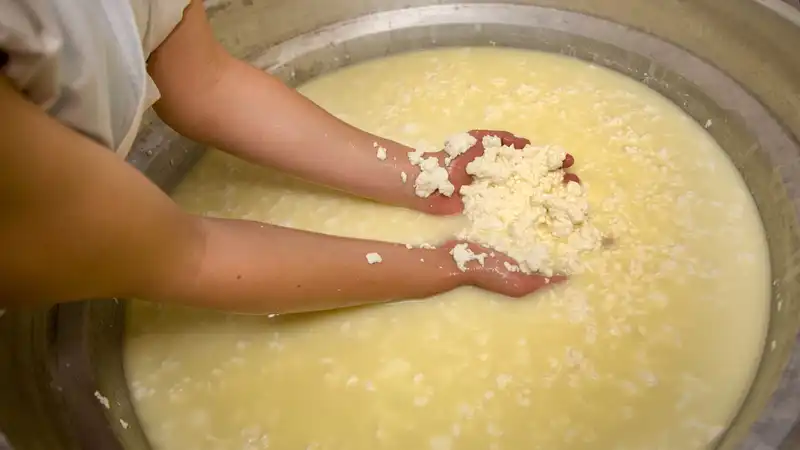Rarely does anyone look at a hunk of cheese and think it will help solve the e-waste problem. But Swiss researchers have created a spongy material out of whey protein that could be a solution.
News of the study was reported by ETH Zurich (via Sweclockers), which conducted the research in question. If you look inside a gaming PC, especially a full-featured desktop PC, you will find many large electronic circuit boards, many of whose interconnections contain gold and other precious metals.
However, it is not easy to extract these from old circuit boards, which is why this type of research is being done.
Typically, to obtain rare metals, e-waste is placed in a large acid bath, which dissolves the material into a solution. There are gold ions suspended in that liquid, but how do you get them?
This is the liquid you see when the milk runs out, and it rises to the top as the solid curds fall out. It is also a byproduct of the cheese industry and has multiple uses in food and health supplements because of its high quality protein content. However, the research team was not interested in increasing body size.
What they did was to use whey protein to form a fibrous amyloid. Think of these amyloids as groups of elongated vine-like proteins. The amyloids bind to each other and, when dry, form a sponge-like shape that is placed in an acid solution containing gold ions. Once they have absorbed all the gold ions, the sponges are removed and heated to form gold nuggets.
ETH Zurich reports that 20 motherboards were used to test this method, yielding a total of 450 milligrams of gold. While not 100% pure gold because the sponge absorbs other metals, it was enough to value the nuggets at 22 carats.
And best of all, this method is not just a laboratory exercise: according to the researchers, it is genuinely cost-effective, since the combined cost of the materials and energy required is 1/50th of the value of the gold recovered. This means that there is a much better chance that the method will be properly commercialized and scaled up to the scale needed to tackle the huge amount of e-waste generated each year.
Cheese Is there anything cheese can't do?


Comments